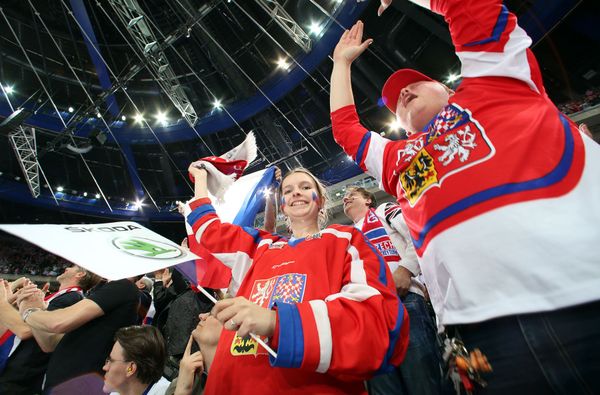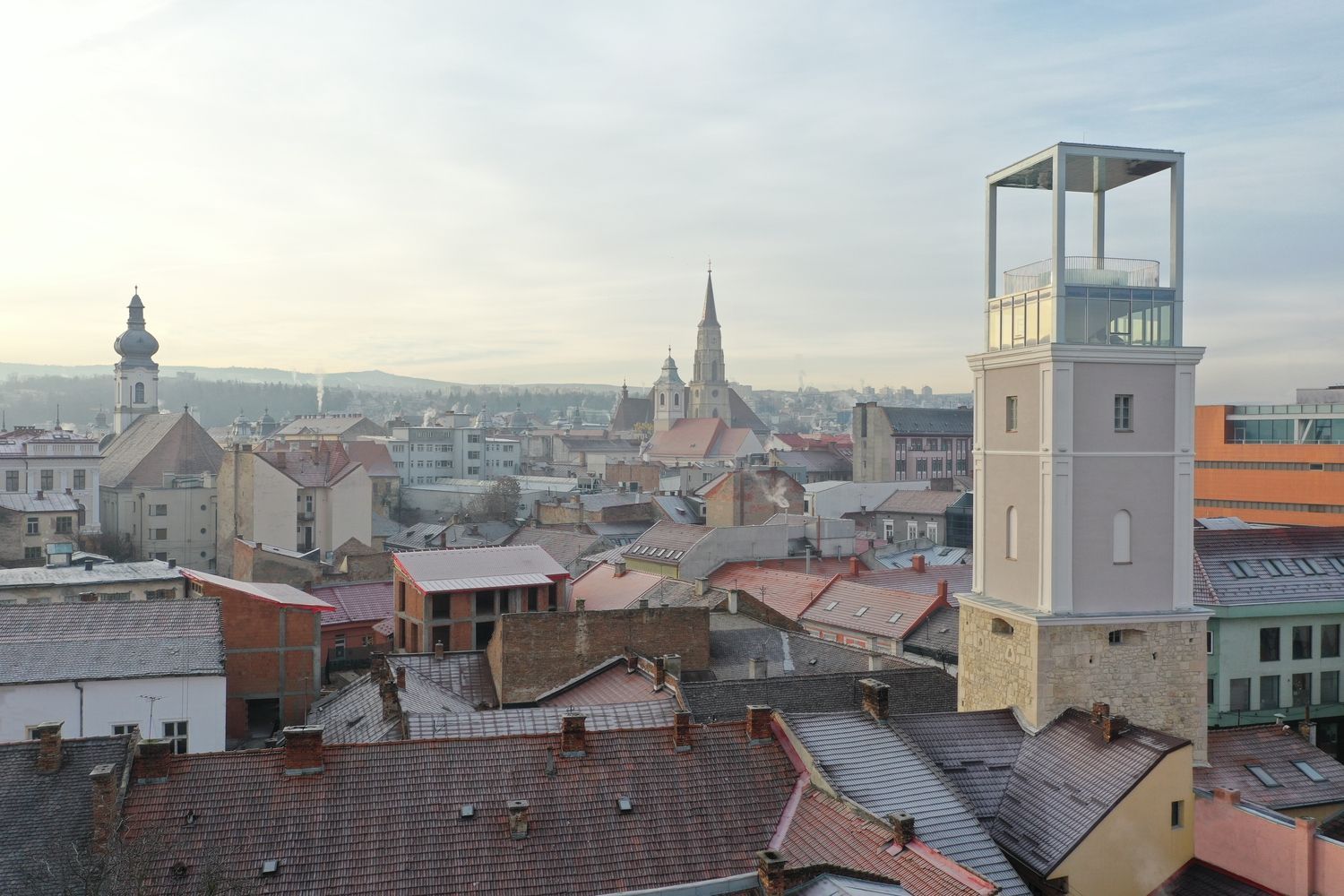A new chapter in the history of a centuries-old monument in Cluj-Napoca has just begun. After six years of rehabilitation and construction work, the Firefighters’ Tower opened its doors and is now not only a lookout but also an exhibition space. Let’s see!
Located in the Someșul Mic Valley in Transylvania, the urban landscape of Cluj-Napoca is characterized by a mix of historic and modern buildings. Among its landmarks is the Firefighters’ Tower (Turnul Pompierilor in Romanian), which bears medieval, Baroque, and contemporary features. One of the monument’s unique qualities is that it tells the story of the city’s development, from the Middle Ages to the present day.
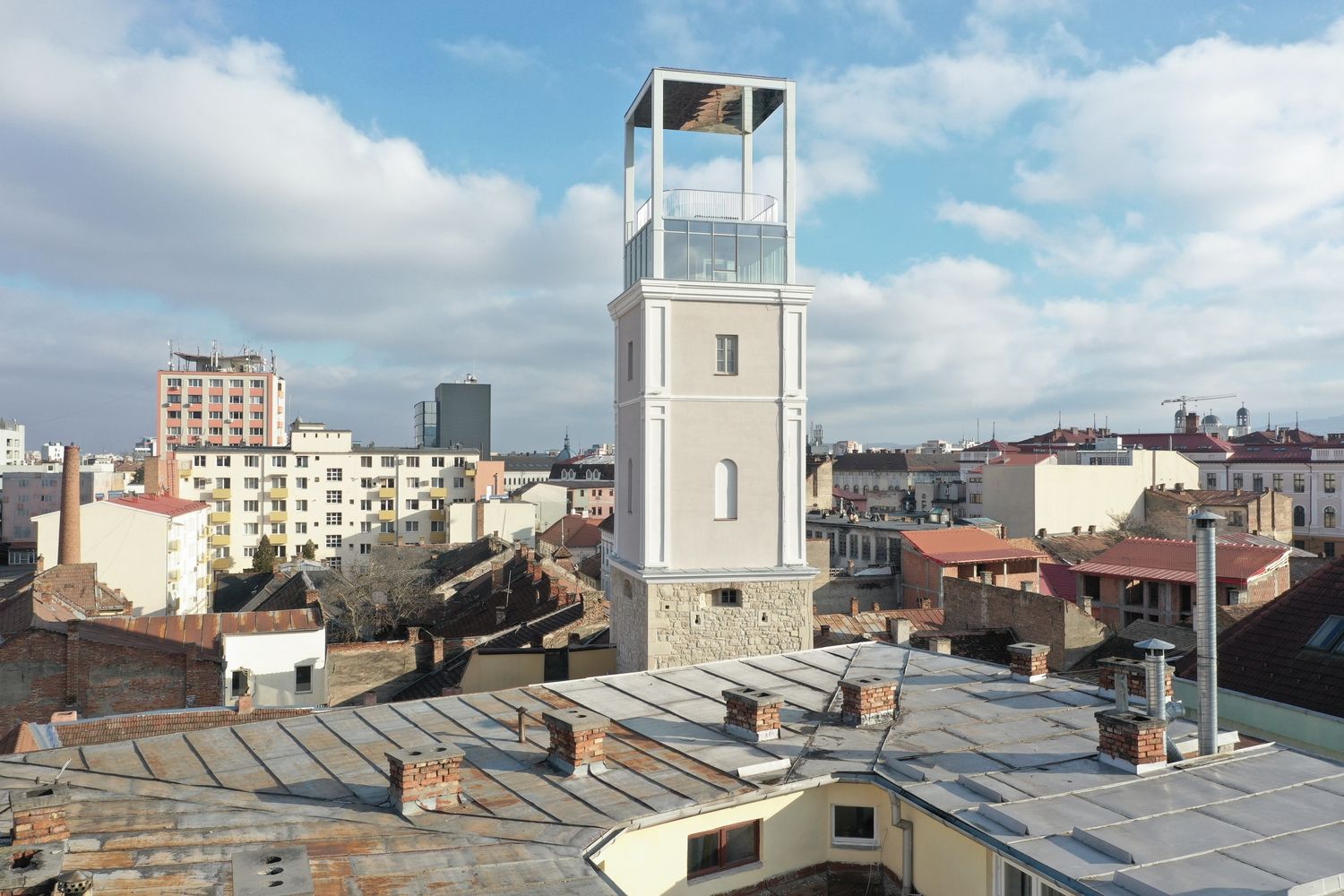
From fire watchtower to astronomical observatory
The tower was built in the late 15th century as part of the fortification surrounding the city. According to historical records, from 1585 onwards, it served as a fire watchtower in addition to its role in the city’s defense system. In 1789, Cluj-Napoca experienced one of the most devastating fires of the century, which destroyed much of the medieval city structure and led to major urban renewal initiatives. As the city began to modernize, the need for defensive fortifications declined, and in the early 1870s, the city started to dismantle its enclosure walls and bastions. However, the city council voted against the demolition of the Fire Tower. A few years later, another fire destroyed the tower: during the restoration work, two additional floors with Baroque details were added, with an open deck and a bell alert system at the top of the tower.
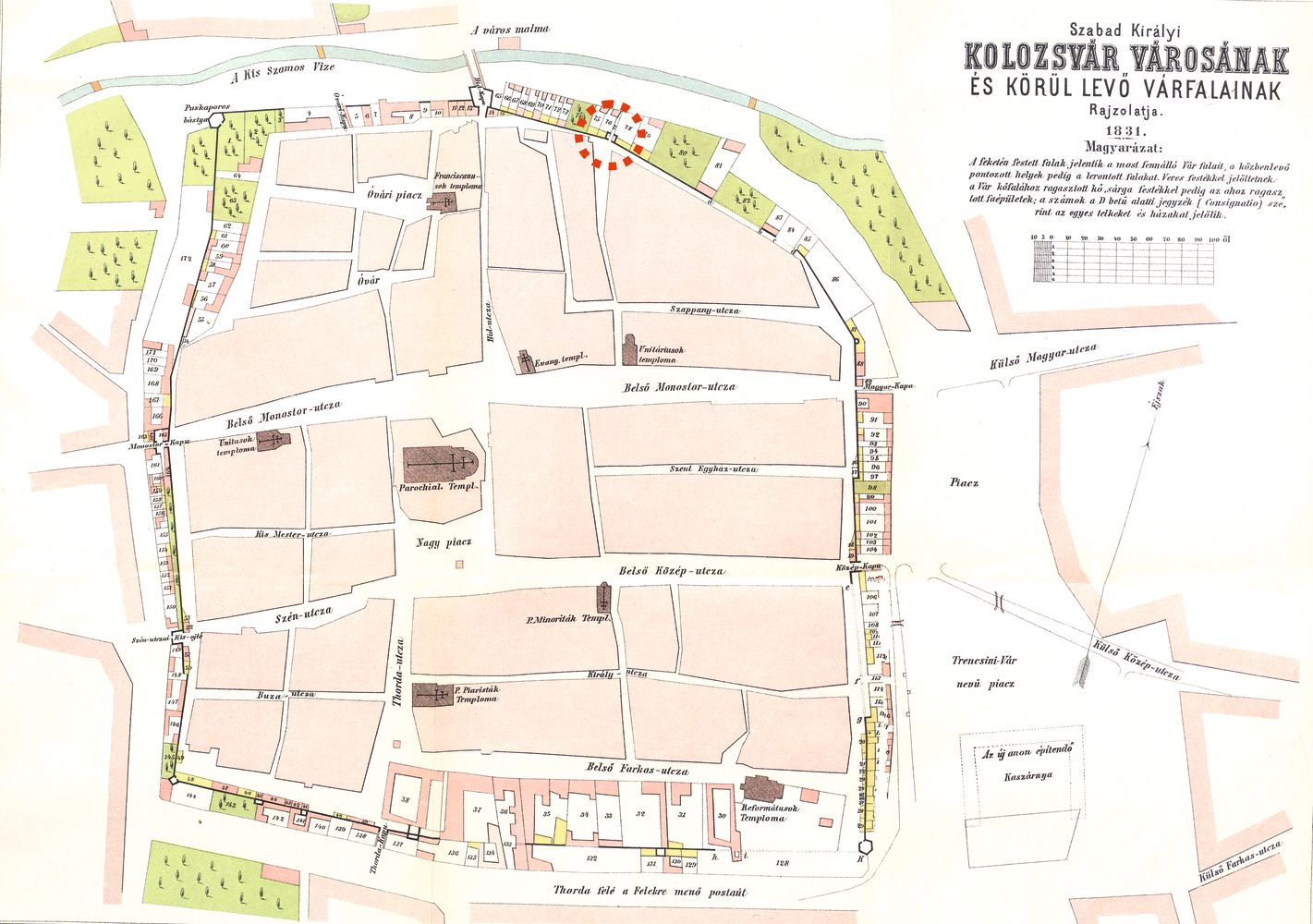
The Firefighters’ Tower was declared as a National Historic Landmark in 1957, and after its classification, the building was to be transformed into a museum dedicated to firefighters. At that time, the tower was given a monumental reinforced concrete staircase, and in 1985 a glass pyramid was built to replace the open deck and fire alarm system. The latter served as an astronomical observatory, but the new feature failed to attract visitors and the tower closed its doors in 2001.
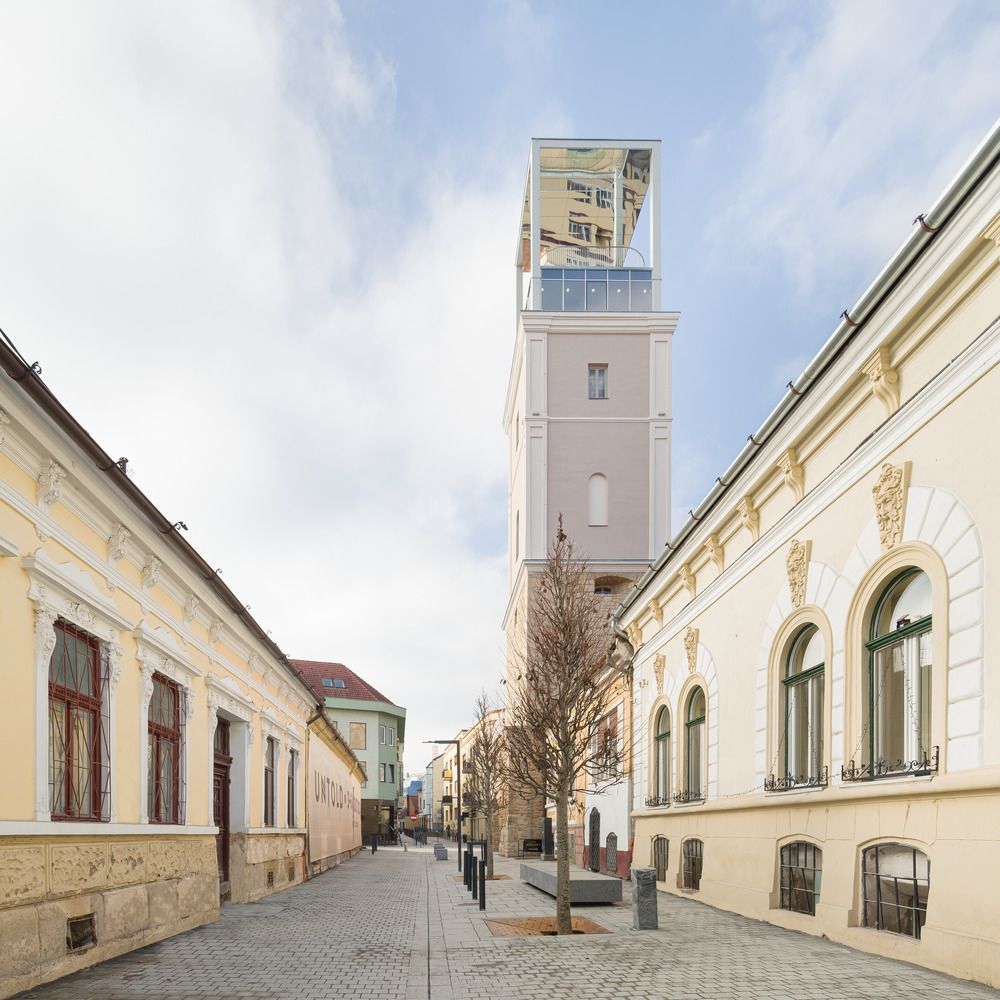
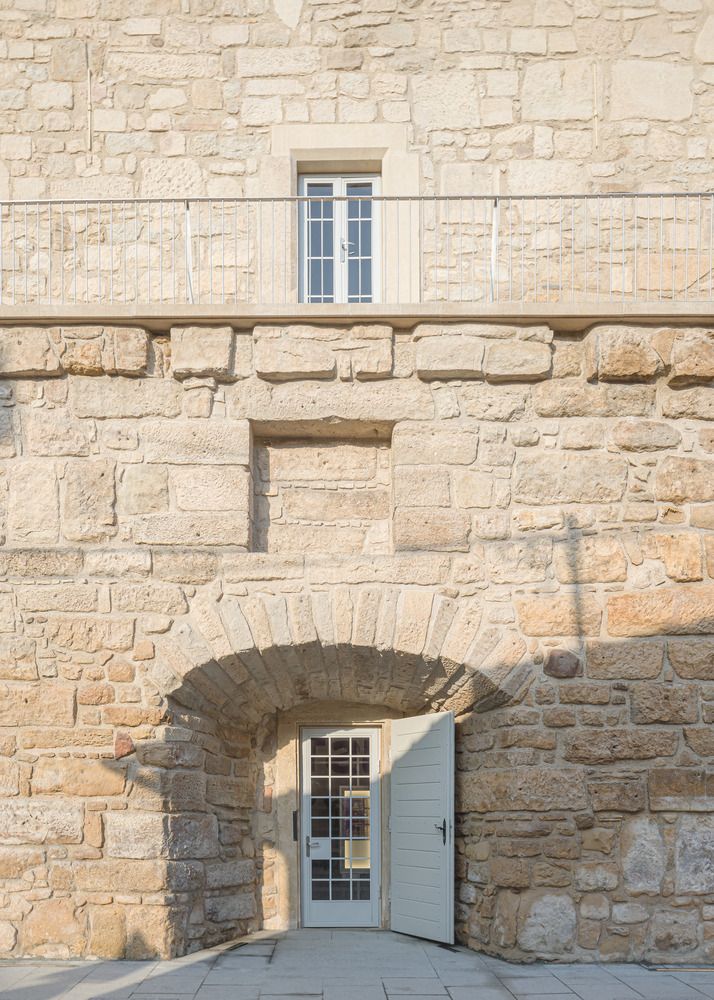
The ‘third age’
The building’s revitalization process started in 2017 when Vlad Sebastian Rusu and Octav Silviu Olănescu won an international competition for the renovation. The architects’ basic concept was to transform the building into an urban lookout tower, evoking the old tradition of the Firefighters’ Tower watching over the city. The intervention can be considered as a ‘third age’ of the tower, aimed at strengthening its role in building the community.
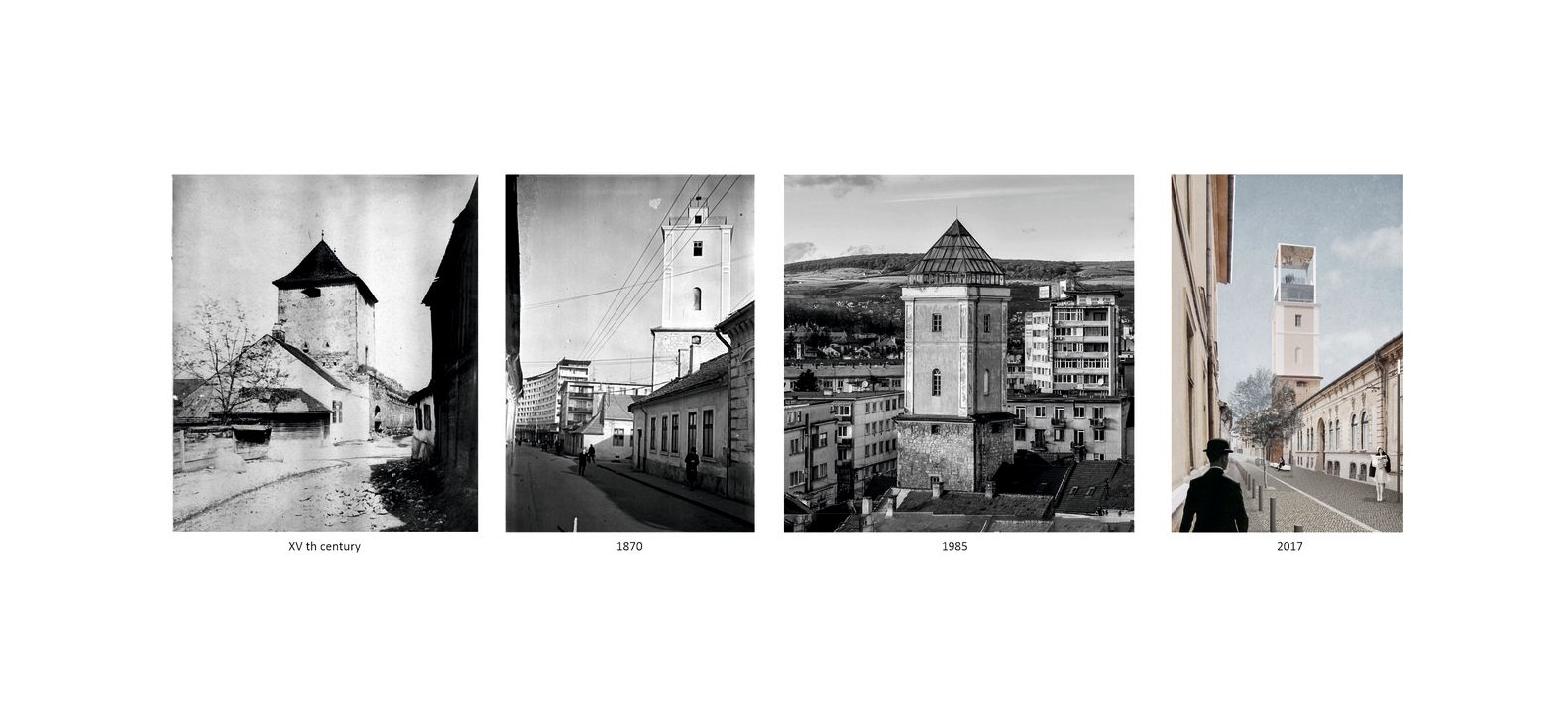
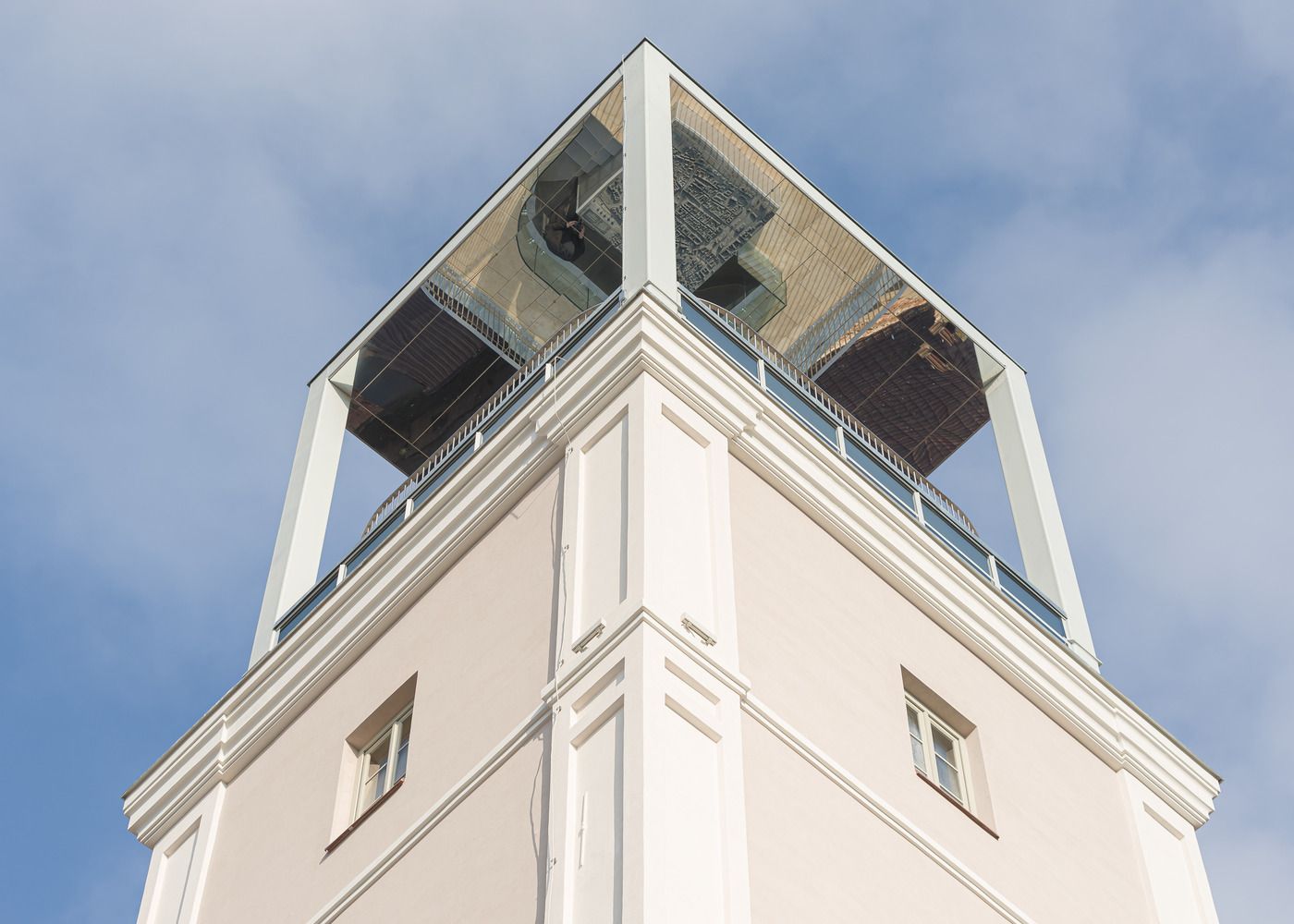
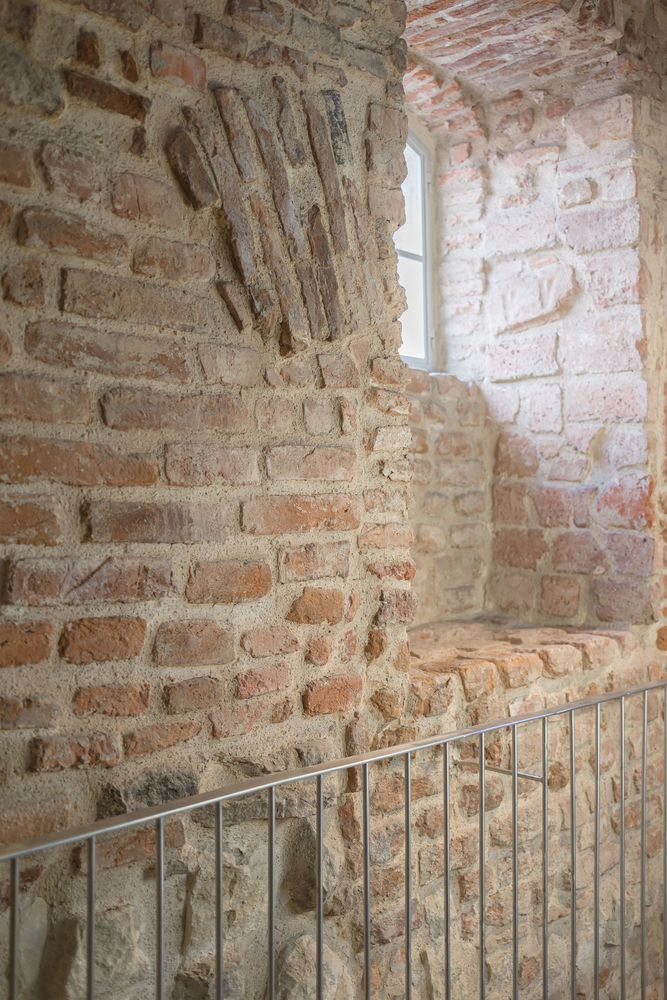


During the extensive rehabilitation, the medieval and Baroque walls were carefully restored and the intrusive concrete elements of the 1960s, 1970s, and 1980s were subtly replaced. To make the monument more accessible, a translucent metal structure at the core of the building and an elevator to the top floor were added. The surrounding staircase, with rest areas and installations, reveals the history of the tower. A key feature of the rehabilitated monument is the observation deck, which offers 360-degree panoramic views of the city below. The mirrored ceiling further multiplies the layers of perception.
The monument is planned to become a gathering place for the local community and visitors alike, as well as a venue for small cultural and artistic events.
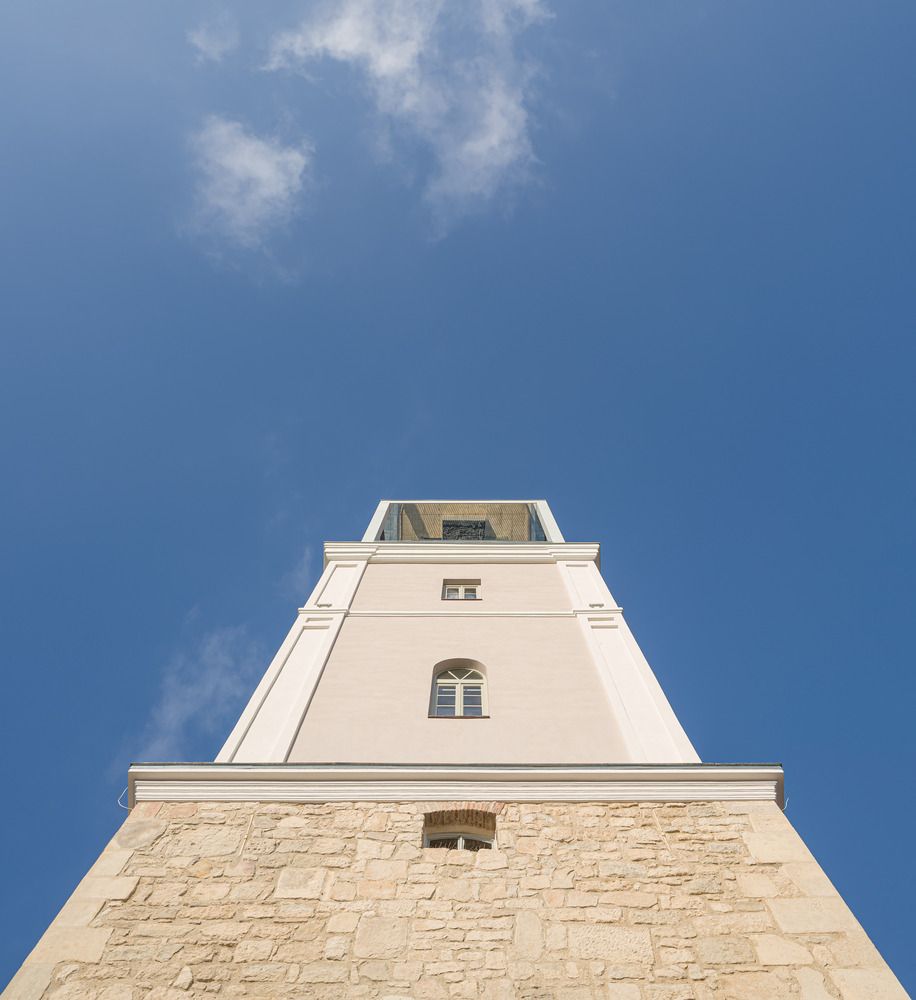

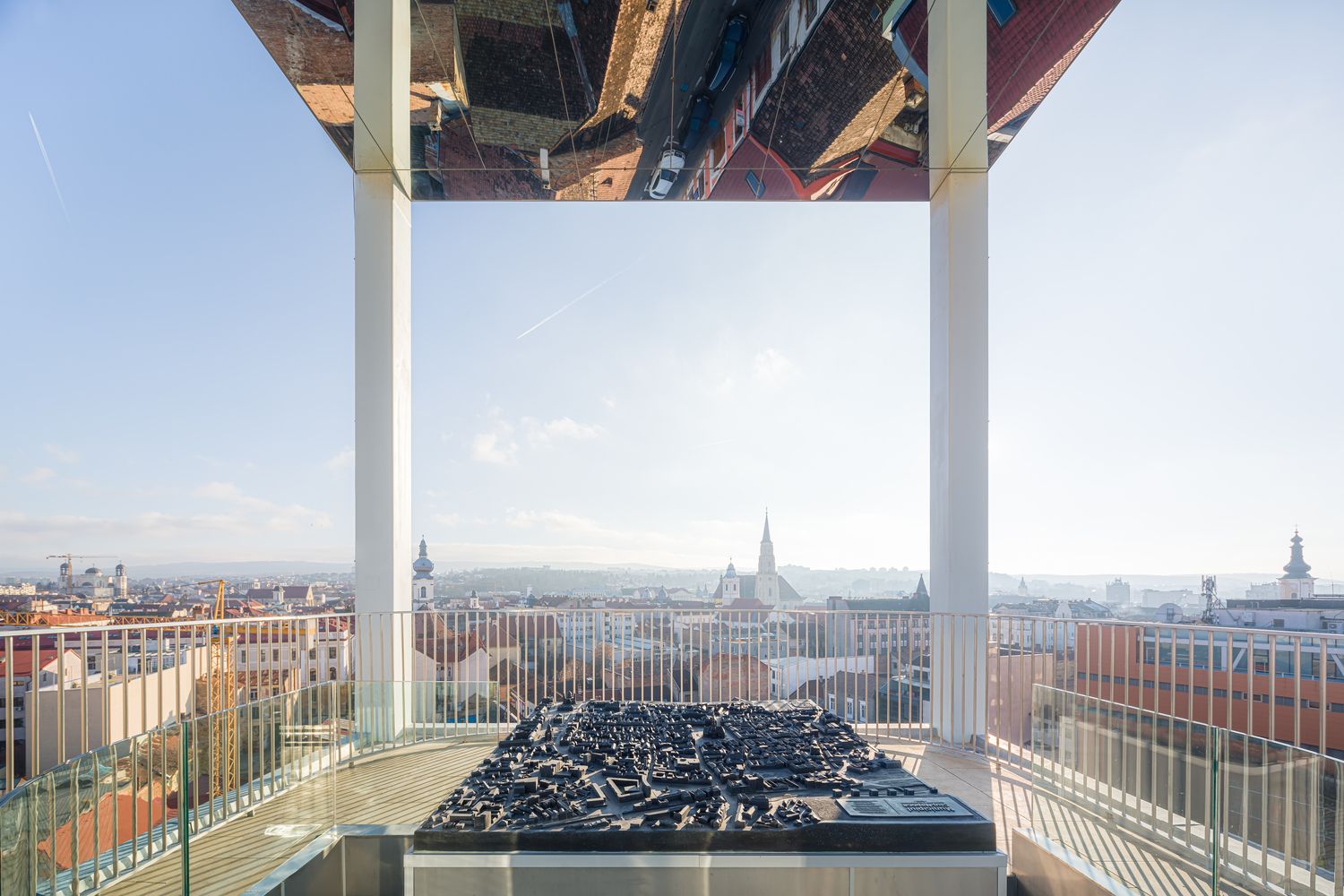
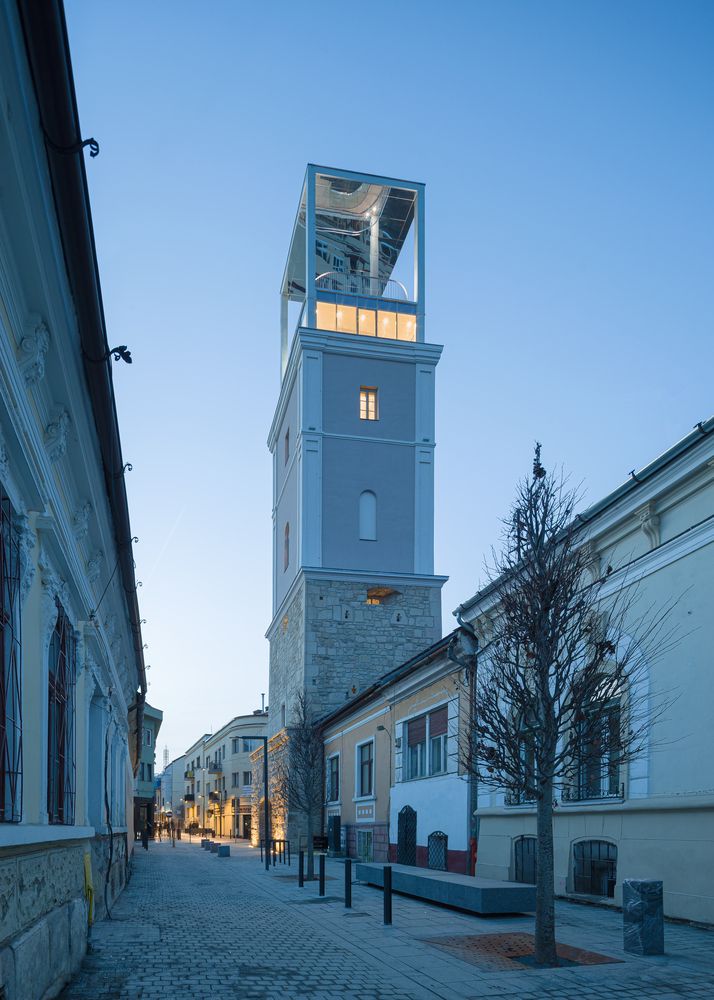
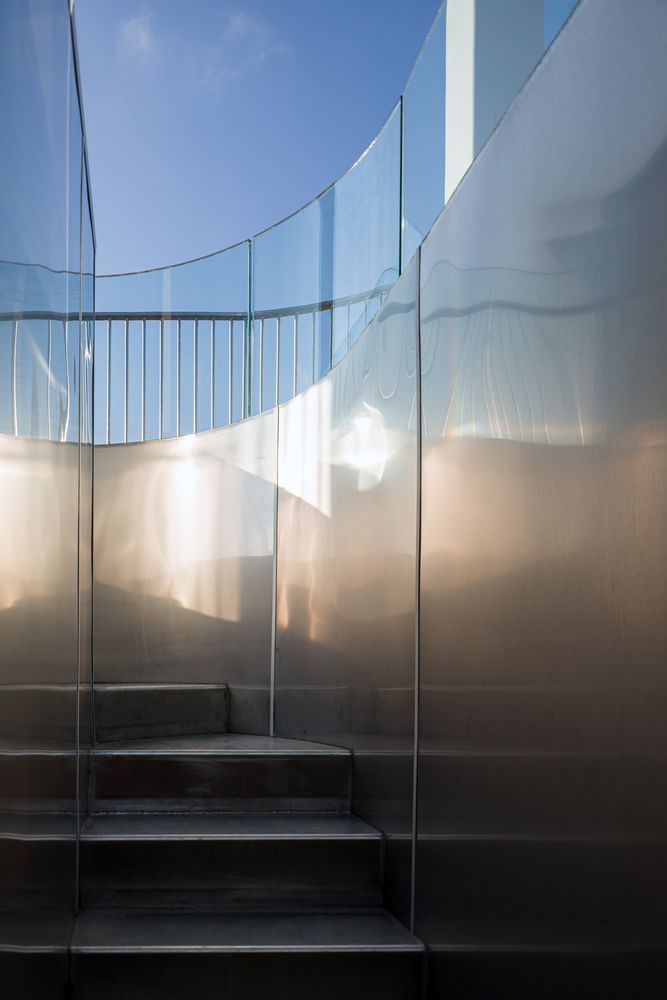
Architects: Vlad Sebastian Rusu, Octav Silviu Olănescu, Andra Vlădoiu, Anda Gheorghe, Octav Silviu Olănescu, Anamaria Olănescu, Petrică Maier Drăgan
Photos: Cosmin Dragomir
Source: ArchDaily

The most exciting international and Hungarian contemporary blues artists to perform in Veszprém
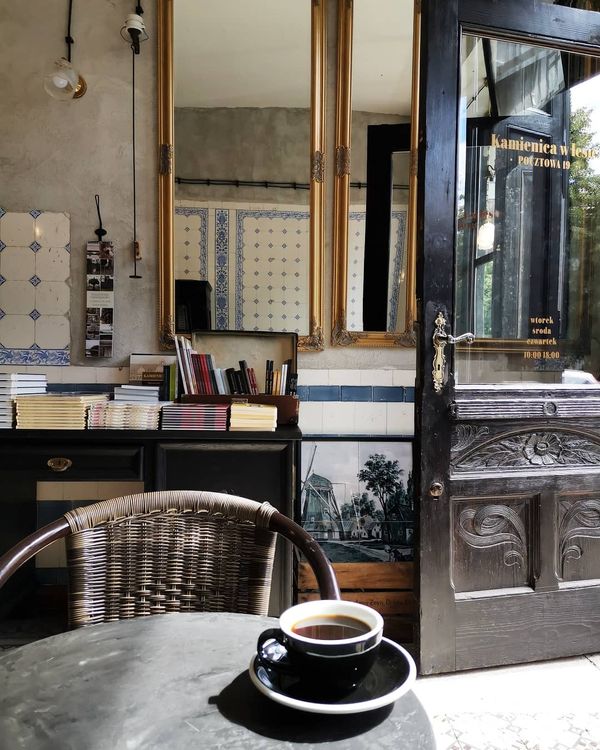
Tiled history—a place where coffee meets the past
